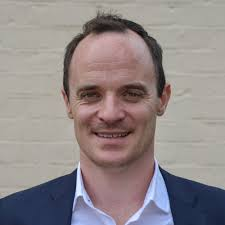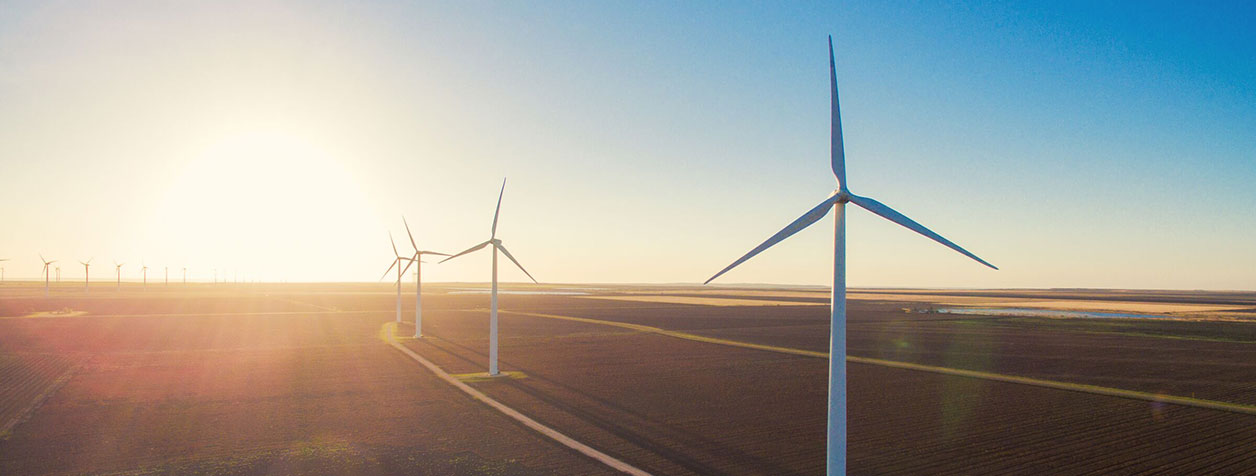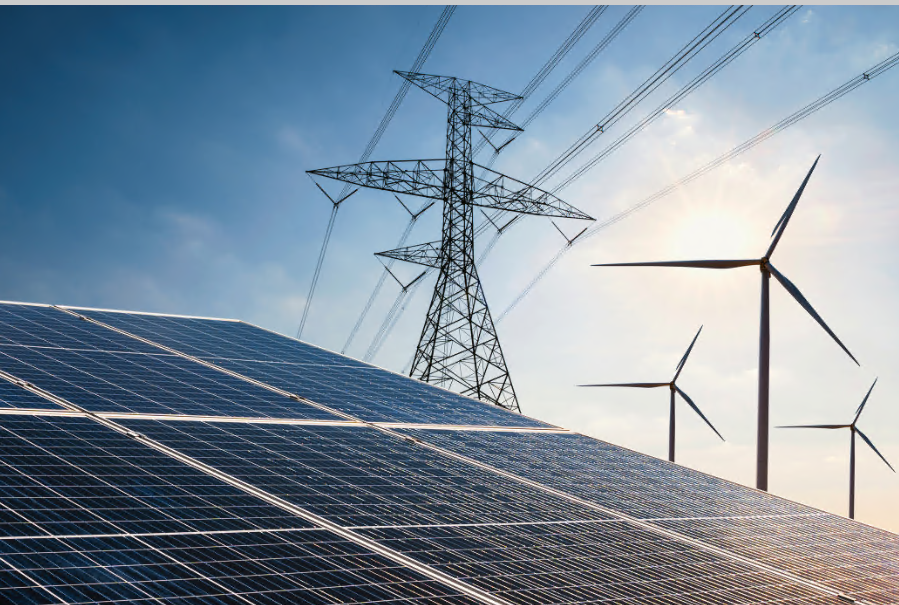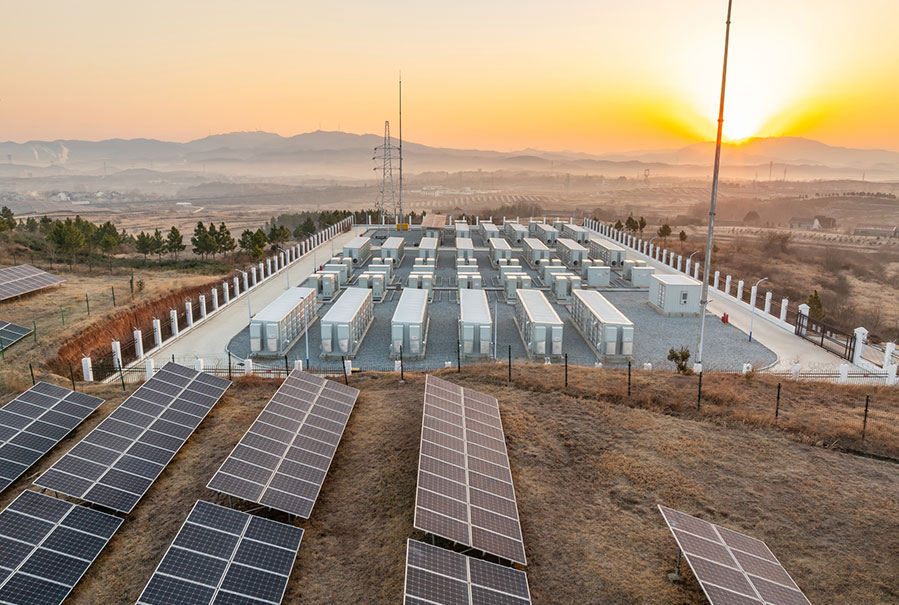Supply chain under tension

By Daniel Stevens, Head of Engineering, Global Energy at AXIS

In the energy sector’s constant drive to lower the levelized cost of energy associated with new renewables and storage projects, scale is of critical importance. By increasing the energy that can be extracted from each wind turbine, or the amount that can be stored within the footprint of a battery enclosure, huge efficiency gains can be realized. As a result, wind turbine blades are getting ever longer, battery enclosures taller and heavier, and solar panels even bigger. But with each jump in size comes the need to design, test, and certify these new models to ensure they are ready for commercial production, and do not lead to outsized risk of defects or failures occurring, which can impact both project sponsors and their insurers.
This competition over scale and the resulting pressure on OEMs and component suppliers has manifested in claims that point back to quality issues, as well as reported financial pressures on some major companies along the energy market supply chain. Among the organizations to have experienced pressure this year is TPI Composites, Inc., one of the largest manufacturers of wind turbine blades, which recently filed for Chapter 11 bankruptcy. TPI has cited ‘macroeconomic headwinds, operational and regulatory challenges’1 among the reasons for its decision. The company’s announcement came just three months after Powin, a major manufacturer of utility-scale BESS, announced it too had filed for Chapter 11 and started divesting its assets.2
The backdrop
While both of these companies exist within the global renewable energy ecosystem, they fulfil very different roles, and their issues point to the challenges experienced throughout the energy supply chain. In the examples above, in addition to the obvious technical differences—one makes blades, the other batteries—TPI is a component supplier to multiple wind turbine OEMs while Powin is an almost totally vertically integrated battery supplier with all the contractual liabilities, warranties and performance guarantees that go with that.

Due to the interconnectedness of the industry, the knock-on effect of any single major player facing such challenges is likely to be felt far and wide. With a 27% market share, TPI is the largest global independent blade manufacturer outside China, producing blades for major wind turbine OEMs with manufacturing facilities across the US as well as Latin America and Europe.3 As such, any disruption to TPI’s operations would have significant implications for, arguably, the most critical part of the wind supply chain. Blades are not only the most difficult components to transport and install; they are also the most expensive to repair or replace since they require large cranes to reach the ever-increasing hub heights of 2025’s current models.
Quality control
But despite their ever-increasing length, wind turbine blades are still manufactured in a very manual process and require careful inspection prior to leaving the factory to ensure quality is of the highest standard. If that quality is not guaranteed it can lead to blades failing and in the worst cases striking the tower and bringing the whole turbine to the ground. Quality inspections are time consuming in the factory but far more cost effective than having to repeat them onsite using ultrasonic scanners, drones, and other high-tech instruments if those factory inspections were not done properly, or the blades damaged during transit.
The offshore wind industry is still reeling from allegations last year that quality control records were allegedly falsified at an LM blade factory in Gaspe, Canada supplying blades for GE Vernova, with at least one blade failing catastrophically upon start-up at the Vineyard offshore wind farm in the US.4 TPI has secured financing that will provide ‘sufficient liquidity to support daily operations’. This bodes well provided those operations are based on a culture of best practice in what is an intensely manual fabrication process.
Nevertheless, both insureds and insurers should continue to push for the very highest standards in both the testing of new blade designs and the inspection of every unit leaving the factory to avoid hefty losses.
Taking the second example, Powin on the other hand did not produce the lithium-ion cells which lie at the heart of every battery enclosure. Rather, it manufactured, assembled and integrated almost every other part of its battery enclosures, which have capacities up to 6 MWh in size. For many manufacturers of utility-scale BESS, it has seemed like an arms race for larger and larger capacity batteries in the same footprint—a situation echoed by the wind industry’s drive for ever larger turbines—in order to increase energy density of the overall site and boost project economics.
In another parallel with turbine blades, the cells that Powin and many other BESS OEMs have to buy in from a handful of cell OEMs are arguably the most critical part of a battery system to get right. Nearly impossible to inspect once loaded into their modules and racks, cells are the first line of defence against thermal runaway and the resulting huge fires which can occur if voltage, current or temperature anomalies start to ‘stress’ those energy-dense containers. Like blades, cells are also made by just a handful of companies. Accordingly, cell OEMs have a huge sway over the fabrication costs for companies like Powin; companies that must nevertheless ensure those cells are of the highest quality given the impact any faults could have on the performance guarantees they ink with the end user of their products.
When seismic changes in companies’ ownership occur it raises questions from both insurers and insureds alike around the future of existing sites that use the acquired technology. For operational risks, questions may be reasonably asked around the status of both product and performance warranties and who, if anyone, has the skills and IP to continue to provide operational support under service agreements. Projects either under or about to start construction will have to consider those questions, plus more urgent ones, such as how the battery enclosures will be delivered, installed and commissioned if there is uncertainty over the new owner’s ability to honour existing construction contracts. If insurers cannot gain confidence that existing contracts will remain robust and enforceable under new ownership, they are likely to assume that the coverage against damage afforded to project owners by said contracts will have to be provided instead by the markets—with a congruent increase in the price of buying that coverage.

So what now?
The recent woes of a few companies in this space show the challenges for OEMs trying to balance the demand for ever larger and more innovative products with maintaining standards amid growing global competition. A certain amount of churn is inevitable as the supply chain matures. Where there is heavy reliance on one or a few market leaders, any new ownership or new entrants must put product quality at the top of their agenda to ensure investor confidence is not impacted, and specialist insurers can continue to underwrite new projects and operational assets with confidence.
References
- 1. TPI Composites Inc - Financial Restructuring
- 2. Powin files for Chapter 11 bankruptcy protection and spins off project services business - Energy-Storage.News
- 3. TPI Composites Inc - Company Overview
- 4. GE Vernova tight-lipped over 'falsified data' claims at Vineyard Wind blade factory | Recharge

